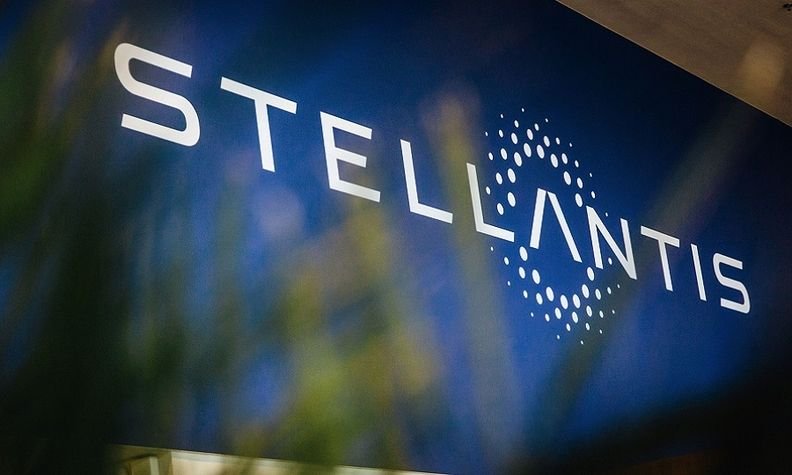Stellantis Believes Combustion Engine Cars Will Be In Use Through 2050

As automakers march toward an all-electric future, a reminder of the internal-combustion past and present comes from Stellantis. As reported by Reuters, Stellantis' Senior VP Christian Mueller notes many of the company's current crop of combustion vehicles will likely still be chugging long after the EV revolution takes place.
This comes as the automotive conglomerate shares news about a collaboration with energy company Aramco regarding the development and use of synthetic e-fuels. Using e-fuel samples supplied by Aramco, Stellants set about testing various engines for compatibility. 24 engines used in Europe by various brands took the fuel and ran just fine without any modifications needed. The e-fuel is created by reacting carbon dioxide with hydrogen, and Stellantis claims it can reduce lifecycle carbon emissions from vehicles by 70 percent.
Exploring e-fuel applications doesn't mean the company is easing up on its Dare Forward 2030 plan. The goal is to have a fully electric lineup for Europe by 2030, but Stellantis customers won't park their gas-powered 2029 models after just one year and call it a day. Being the world's third-largest automotive group in terms of sales, Stellantis brings a mainstream motoring perspective to long-term combustion-engine use with the help of e-fuels.
"I think 25 percent of our vehicles are still in use after 20 years," said Mueller, according to Reuters. "Hence, this kind of exposure time to e-fuels is considerable, very considerable."
The potential use of synthetic fuels for current and future combustion vehicles isn't fresh news. Porsche announced a significant investment into a biofuel company in April 2022, and Bentley made a big deal about running biofuel in all its vehicles at the 2023 Goodwood Festival of Speed. The potential benefits of e-fuel have even led the European Union to amend its 2035 ban on new combustion-powered cars, provided those cars are running on e-fuel.
Europe isn't the only location ready to end new internal combustion vehicles by 2035. In the US, the states of California, Oregon, and New York are pushing for a ban, and Australia is also on track for that deadline. Still, 2035 is a long way off and we've already seen pushback in Europe regarding the EU legislation. Germany's alliance with seven other countries was a catalyst in creating the aforementioned e-fuel exception, and there's certainly time for policies to change. As e-fuel development continues, the next few years should be very interesting.
"We are exploring all solutions to reinforce our ambitious strategy of becoming a carbon net zero company by 2038," said Stellantis Chief Engineering and Technology Officer Ned Curic. "Drop-in e-fuels can have a massive and almost immediate impact on reducing the CO2 emissions of the existing vehicle fleet, offering our customers an easy and economically efficient option to reduce their carbon footprint – one as simple as choosing a different fuel pump at the station, with no additional modification to their vehicles."
